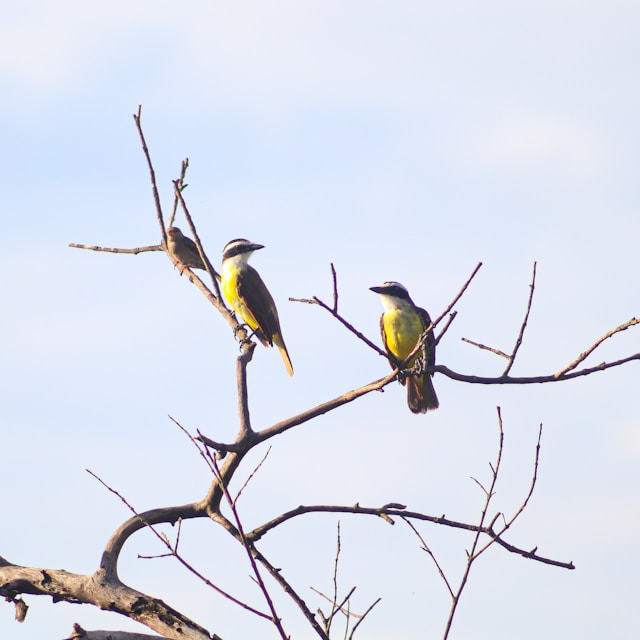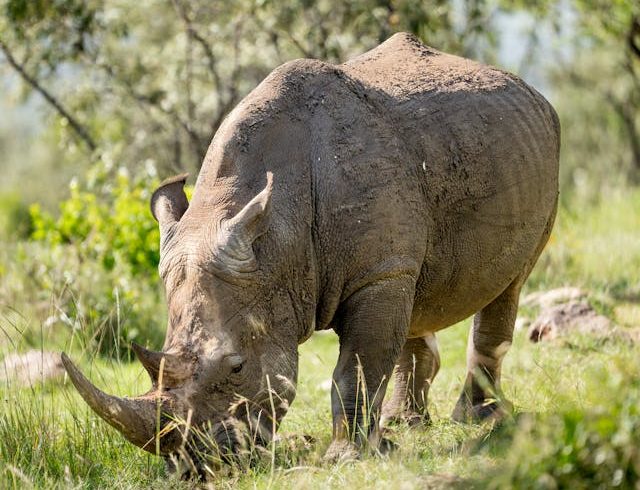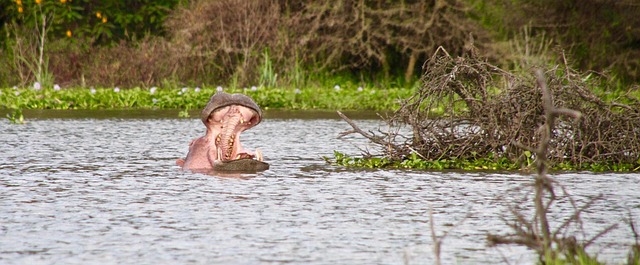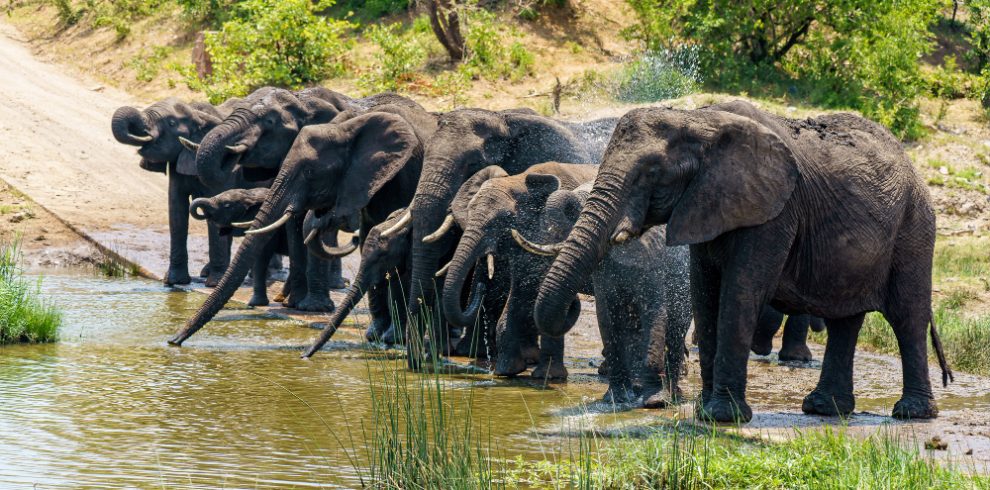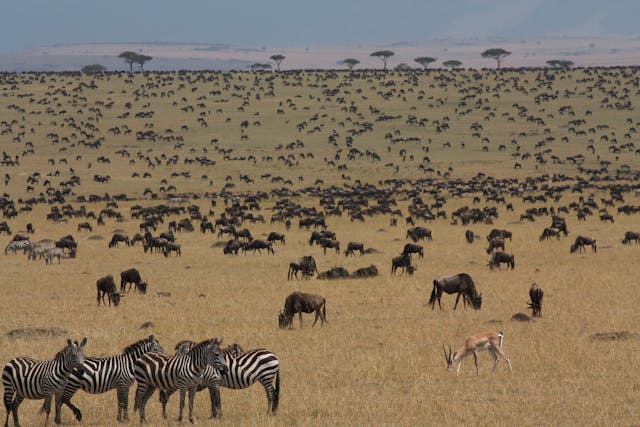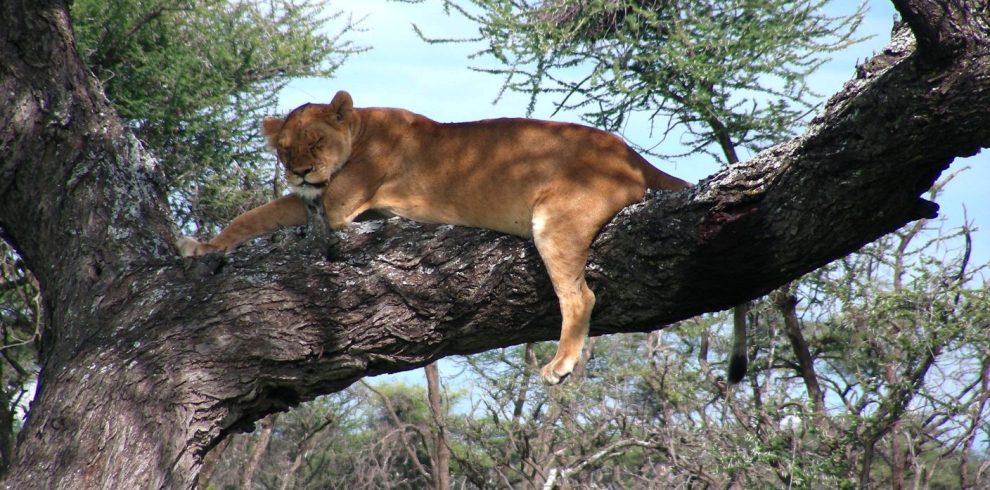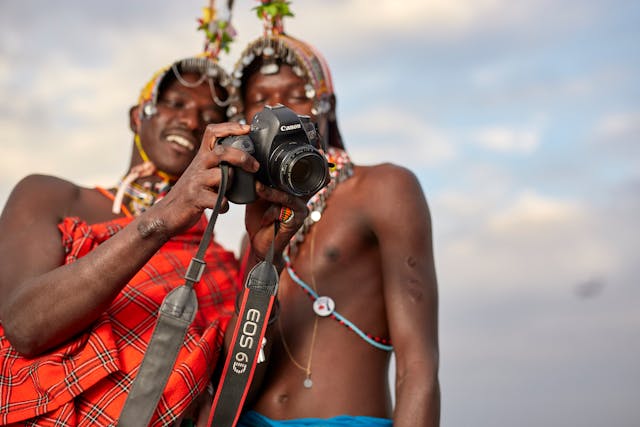The Ultimate Guide to Tanzania Birding Tours & Safaris 2026–2030
Explore Tanzania’s spectacular birdlife — endemic-rich forests, sweeping savannas, rare specialties — in your perfect birding tour over the coming years.
Imagine standing in a misty montane forest at dawn, the calls of unseen forest birds echoing through the moss-draped trees, or scanning an acacia woodland floodplain as a vibrantly colored Fischer’s Lovebird flits overhead. Tanzania is one of Africa’s richest birding landscapes — home to over 1,100 species, spanning endemic forest gems to iconic savanna species.
Welcome to the Ultimate Guide to Tanzania Birding Tours 2026–2030, your definitive resource for planning a birding safari that outperforms expectations. This guide covers seasons, itineraries, species highlights, planning tips, logistics, and FAQs — everything you need to launch a landing page that ranks, converts, and sets you apart.
Why Tanzania Birding Should Top Your Bucket List
Tanzania is more than just big game. Its geographical diversity — from the Indian Ocean coastline to Rift Valley lakes, from sweeping savannas to the forested Eastern Arc Mountains — supports an exceptional bird fauna.
-
Over 1,100 species, with ~33 being strict endemics and many near-endemics. Wild Birding+1
-
Birding + wildlife synergy: You can weave classic safari parks (Serengeti, Ngorongoro, Tarangire) into your birding route for a richer experience.
-
Endemic-rich forest zones: The Eastern Arc (Usambara, Uluguru, Udzungwa) is home to species found nowhere else.
Whether your guests are hardcore listers or casual nature lovers, Tanzania offers the breadth — forest specialists, classic savanna birds, wetlands, migrants — in one trip.
Best Birding Seasons (2026–2030) & Seasonality Guide
Timing is crucial to maximise sightings and comfort. Here’s a breakdown:
-
March–May (Long rains): rugged roads, heavy foliage, less ideal for general birding
-
May–June: Excellent transitional season; many migrants and active breeding
-
July–August: Dry and cool; good across zones
-
September–November: Peak migration arrival, active birds in forest edges
-
December–Feb: Good in lowland forest zones; avoid heavy rains
Best Time to Go Birding in Tanzania
The most rewarding months are May–June and October–November, when migrants arrive and forests are lively. If you’re combining with a Serengeti migration tour, late July–August is also ideal.
Sample 10-Day Birding & Wildlife Itinerary (Blend of Forest + Parks)
Below is a sample itinerary to give prospective clients a vivid sense of what your tours might offer.
Day 1–2: Arrival in Arusha / Local birding & acclimatisation
-
Arrive at Kilimanjaro International Airport (JRO); stay in Arusha.
-
Afternoon walk in the Arusha region / Arusha National Park — target birds like African Paradise Flycatcher, Ross’s Turaco.
Day 3: Mount Meru slopes & montane forest birding
-
Early morning forest walks in montane zones for species like White-tailed Blue-Flycatcher, Schalow’s Turaco, and Montane Tiny Greenbul.
-
Travel in the late afternoon to the Lake Manyara region.
Day 4: Lake Manyara & adjacent woodland
-
Explore woodlands and wetlands around Manyara: target species such as Grey-crested Helmetshrike, Pel’s Fishing Owl (if schedule allows), and various kingfishers.
-
Overnight near the park.
Day 5: Rift Valley escarpment / Karatu / mid-elevation forest
-
Scenic drive with birding stops in escarpment forest edge, focusing on Afromontane species.
-
Stay in the Karatu area.
Day 6–7: Ngorongoro Crater rim & crater floor
-
Early morning crater rim birding: raptors, forest-edge species.
-
Afternoon descent into the crater floor for water-associated birds.
-
Overnight near the crater or in Ngorongoro.
Day 8: Serengeti National Park bird safari
-
Drive into the Serengeti, stopping in woodland-savanna transition zones.
-
Evening drive, target owls, nightjars, etc.
Day 9: Full day Serengeti circuit
-
All-day drives targeting species such as Fischer’s Lovebird, Grey-breasted Spurfowl, various raptors and migratory species.
Day 10: Return toward Arusha / departure
-
Optional birding along route; transfer to JRO for flights home.
Extension options:
-
Usambara & Eastern Arc Mountains (for forest endemics)
-
Southern Tanzania & Udzungwa for ultra-rare species
-
Zanzibar / Pemba birding extension – “Travelers often extend their journey to include a Zanzibar beach holiday after birding—perfect for coastal and seabird watching.”
This itinerary balances classic park birds + forest endemics, giving clients a full Tanzania birding snapshot.
Top Birding Zones & Must-Visit Sites
-
Eastern Arc / Usambara / Uluguru / Udzungwa Mountains — prime for endemics like Rufous-winged Sunbird, Udzungwa Forest Partridge.
-
Northern Circuit (Serengeti, Ngorongoro, Tarangire, Lake Manyara) — great for combining big game + savanna birds.
-
Southern Tanzania (Ruaha, Selous, Mbeya region) — less-visited, good for forest birds and regional specials. Nature Travel Birding
-
Coastal wetlands (Zanzibar, Pemba, mangroves) — for seabirds, shorebirds, and tropical species.
-
Rift Valley lakes and papyrus swamps — for marsh, waterfowl, and reedbed specialists.
For a broader East Africa experience, check our Uganda birding & gorilla tours, which combine birdwatching with primate encounters.”
Species Highlights & Checklist
Here’s a sampling of Tanzanian endemics, specials, and “wow” species to sell:
| Category | Species / Example | Why It’s Special |
|---|---|---|
| Strict endemics / near-endemics | Usambara Weaver, Rufous-winged Sunbird, Udzungwa Forest Partridge, Iringa Akalat | Found only in Tanzania’s forest zones |
| Classic East Africa species | Fischer’s Lovebird, Grey-breasted Spurfowl, Superb Starling | Common in savanna/woodlands |
| Forest specialists/target rarities | Dapple-throat, Uluguru Bushshrike, Scarce Swift, Mountain Buzzard | Often require forest walks & good guide knowledge |
| Water & wetland species | African Jacana, Wattled Crane, Papyrus Gonolek, Pel’s Fishing Owl | Seen in lake marshes and papyrus zones |
| Migrants & seasonal species | European Bee-eater, Barn Swallow, African Egg-eater | Arrival windows are important for planning |
How to Choose the Right Tanzania Birding Tour (and What Sets Us Apart)
Here are the criteria birders use to choose — and how you can emphasise yours:
-
Guide expertise & local knowledge
-
Show local Tanzanian bird guides, with credentials, photos, and bios.
-
Emphasise guides’ memberships in birding or ornithological bodies.
-
-
Group size and pace
-
Small groups (max 6–8) vs large ones.
-
Flexibility (morning/afternoon vs full-day walks).
-
Ability to adjust itinerary based on sightings.
-
-
Itinerary breadth
-
Classic parks + forest zones vs only northern routes.
-
Options for extensions (southern, coastal, forest arcs).
-
-
Logistics & comfort
-
Transport quality (4×4, custom vehicles).
-
Accommodation mix (lodges, tented camps, forest camps).
-
Meals, safety, support staff, backup plans.
-
-
Value & transparency
-
Clear pricing inclusions/exclusions.
-
No hidden fees.
-
What’s unique: maybe you include a bird-focused field guide, checklist, or spotlight evenings.
-
-
Conservation & community impact
-
Show how you support local communities, guides, and conservation projects.
-
That builds trust, E-E-A-T, and appeals to conscientious travellers.
-
Pricing & How to Book
-
Provide starting-from pricing ranges for common durations (e.g. 8-day, 12-day, 15-day, plus forest extension).
-
Explain what’s included (lodging, transport, park fees, guide, meals) vs excluded (airfare, personal items, tips).
-
Booking policy (deposit structure, cancellation policy, changes).
Frequently Asked Questions
Q: What is the best time to go birding in Tanzania?
A: Generally May–June and October–November are optimum, when many migrants arrive and resident birds are active post rains. July–August is also good, especially for montane forest birding.
Q: How many bird species can you expect to see on a Tanzania tour?
A: A well-planned 10–14 day tour often yields 250–350 species, depending on season and route. Extended forest-rich circuits may exceed 400+.
Q: Do I need special gear or experience?
A: Basic birding gear (binoculars, field guide, rain shell, good walking shoes) suffices. No prior experience is required—guides lead the way.
Q: How strenuous are forest walks or mountain treks?
A: Most walks are moderate (2–4 km) on forest trails. We avoid overly steep or remote treks unless clients voluntarily opt for them.
Q: Is birding safe in Tanzania?
A: Yes — Tanzania is a stable, birding-savvy destination. We use trusted local guides, safe transport, carry first aid, and follow park protocols.
Q: Can I combine birding with a general wildlife safari?
A: Absolutely — many tours blend birding and classic safari parks (Serengeti, Ngorongoro). You get “birding among the beasts.”
Q: How far in advance should I book?
A: For peak months or forest zones, 6–12 months ahead is ideal to secure accommodations and guide availability.
Book Now
Are you ready to embark on the birding adventure of a lifetime? Whether your heart seeks forest endemics, sweeping savanna species, or migratory wonders, Tanzania delivers. Contact us now to design your ideal 2026–2030 birding safari, download our full itinerary, or receive a personalized quote.

